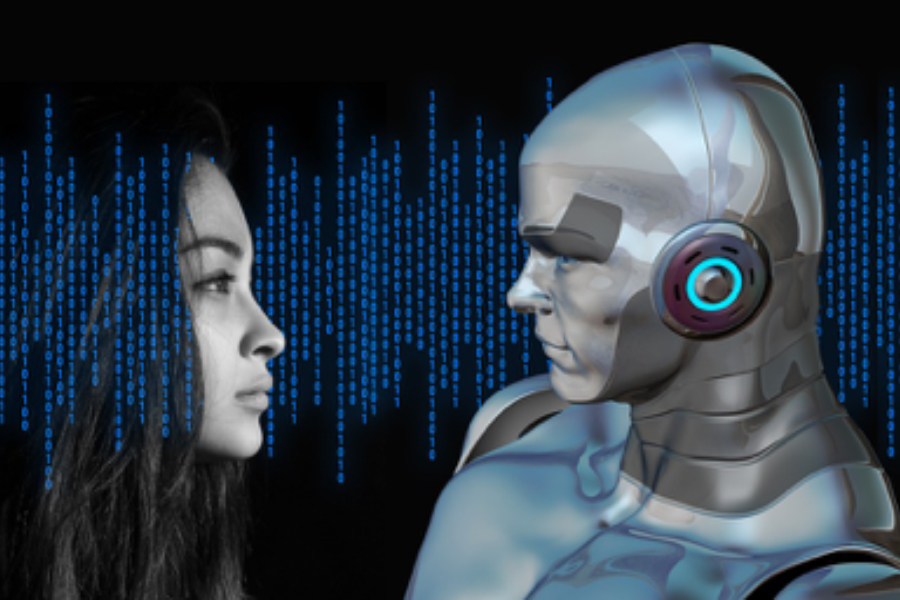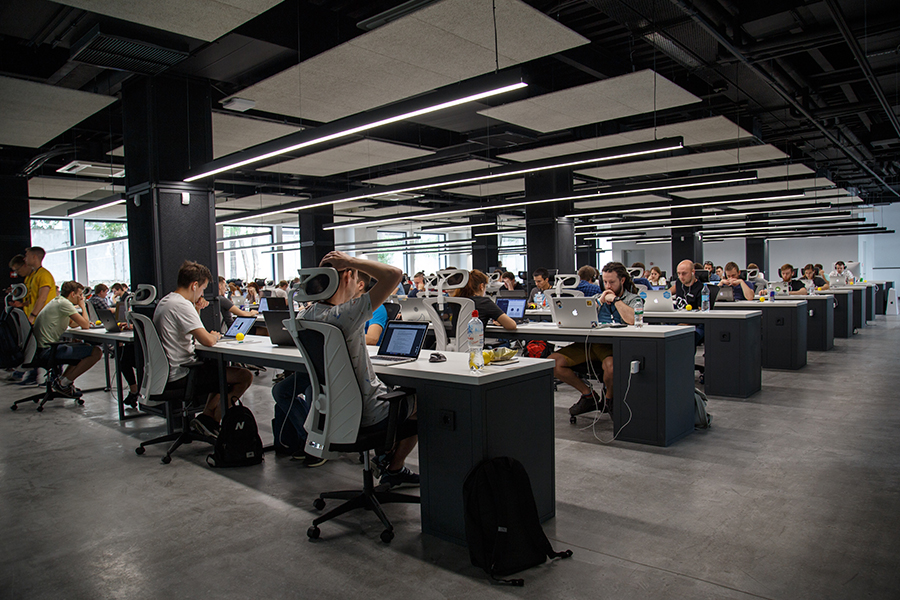“Around the world, technology is changing the way we work. How does this impact the skills needed in this fast-evolving landscape?”
Around the world, technology is changing the way we work. Emerging trends across diverse sectors, from financial services to retail, range from the more prosaic (digital marketing) to borderline science fiction (3D printing). How does this impact the skills needed in this fast-evolving landscape?
Having a conversation about the impact of technology today is difficult without it quickly devolving into an assortment of clichés packaged into the newest management-speak. Almost every organization is “undergoing a technology transformation” or “going digital.” As pervasive as these trends seem to be, oftentimes there is a lack of understanding of these terms beyond buzzwords.
In a refreshing moment of honesty, a senior business leader at one of our client organizations recently remarked that her organization wanted to “go digital — but I’m not really sure what that means.” Given the overwhelming amount of information available through multiple communication channels, hers is not the only organization struggling to zero in on the skills it really needs. Exacerbating the situation is the fact that multigenerational workforces have differing levels of exposure, understanding and comfort with technology in everyday life.
In the past year, we’ve been asked to help more and more organizations define career frameworks and critical technical skills for the future.[1] We’re finding that rather than seeking industry-specific skills, organizations are shifting toward “technology application within the industry” skills. As an example, our banking clients are starting to use social media as a marketing and distribution channel. Their digital marketing professionals must be able to not only highlight the differentiators of their products but also understand how (and whether!) a sponsored post on Facebook really translates into a purchase decision. In a different industry, a shipbuilding company is looking to develop additive manufacturing — what you and I call 3D printing — skills to their engineering function to improve their prototype-building process.
With the endless examples of innovative new technology solutions come the inevitable fears of irrelevance and redundancy. According to The Wall Street Journal, business process offshoring — call centers in particular, which were a mainstay for economies like India and the Philippines in the late 1990s and early 2000s — looks set for a major disruption, with the first level of customer service now being replaced by chatbots.[2] It only takes a call to AppleCare or United Airlines to appreciate how quickly (and well) this technology is evolving. Voice interaction is only expected to grow in the near term, not just in customer service application but also for broader web browsing and online purchasing (think Siri and Alexa).
So what are the critical skills organizations and individuals should focus on given these sweeping changes to the way we work? The answer is understandably complex and depends on industry, geography and other variables. The World Economic Forum’s 2016 The Future of Jobs report[3] cites core work-related skills, such as complex problem solving, active learning and cognitive flexibility, as increasingly important to all sectors in the near future. These skills are even more critical in emerging markets, where the evolution of technology impacts jobs faster than in more developed economies.
We see this view reinforced in our work with government agencies across countries in Asia. When identifying critical skills at an industry-wide level, ongoing learning, problem solving and creativity emerge across almost all industries, whether in high-tech industries like telecommunications or more traditional sectors like manufacturing.
Not surprisingly, the other skill that comes up across industries is information and communications technology or digital literacy — using digital technology, communication tools and networks to access, manage, integrate, evaluate and create information. With the “Internet of Things” (IoT) having a major impact on consumers (think sensors that monitor your heart rate) and industry (sensors that monitor and predict performance of industrial equipment), seemingly traditional businesses are thinking about data architecture and NarrowBand IoT.[4]
These technologies also highlight the need for organizations and individuals to better understand information security to prevent cyber-attacks. Recent attacks have ranged from crimes targeting individuals, such as identify theft, to wide-ranging attacks through IoT-enabled devices (like network-enabled cameras and home routers), such as those caused by the Mirai malware in late 2016 that made platforms like Twitter and Netflix inaccessible to millions of people for hours.[5] With ever-increasing “smart” and connected appliances, these attacks are likely to get more frequent and severe. Each of us needs to understand the risks and the actions we can take to prevent becoming targets.
An interesting addition to this mix of skills is transdisciplinary thinking: the ability to combine concepts and rules across different disciplines to develop a holistic approach to problem solving or product development. The automation and complexity of production-line equipment is increasing exponentially, which means that process engineers have to expand their knowledge of programming beyond generalized software to automation programming. Fields such as bioinformatics (a combination of computer science, statistics, biology and a few more areas) and the widespread application of analytics to different functional areas are also becoming increasingly commonplace.
As with any major change, the impact of technology offers as many opportunities as it does risks. As large swathes of jobs become irrelevant, new skills and jobs emerge at an increasing rate. Jobs based on these emerging skills have the potential to be more fulfilling and interesting than the more routine functions they replace. After all, the industrial revolution disrupted a world dominated by manual labor — and subsequently raised skill levels and quality of life. Having said that, the ability to learn continuously has never been as important as it is today. It’s up to us, as organizations and as individuals, to keep challenging ourselves to grow in new ways and master the skills we’ll need to thrive tomorrow rather than the ones we need to survive today.
1Select Mercer engagements
2 Moss T. “Robots on Track to Bump Humans From Call-Center Jobs,” The Wall Street Journal, June 21, 2016.
3 World Economic Forum. The Future of Jobs: Employment, Skills and Workforce Strategy for the Fourth Industrial Revolution, January 2016.
4 NarrowBand IoT is a low power wide area network (LPWAN) radio technology standard developed to enable a wide range of devices and services to be connected using cellular telecommunications bands (see https://en.wikipedia.org/wiki/NarrowBand_IOT).
5 Perloth N. “Hackers Used New Weapons to Disrupt Major Websites Across U.S.,” The New York Times, October 21, 2016.







